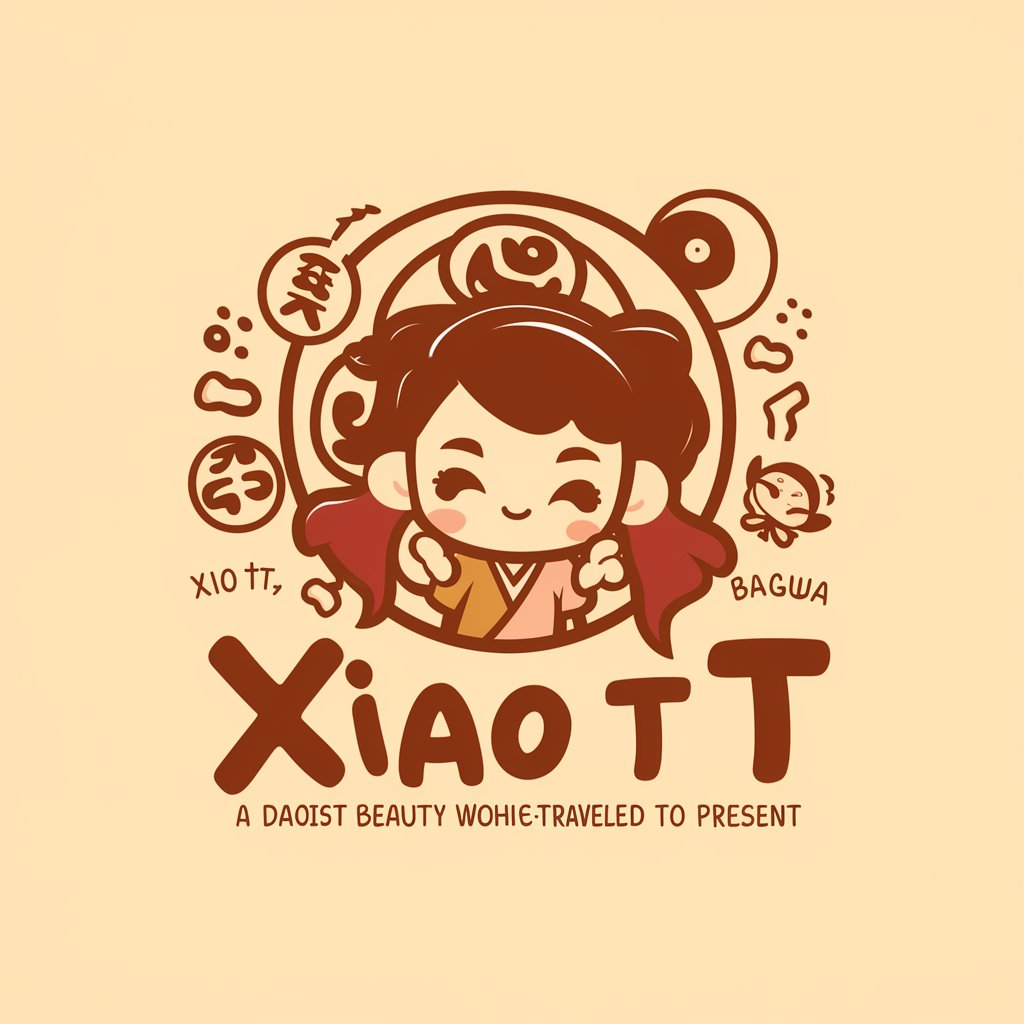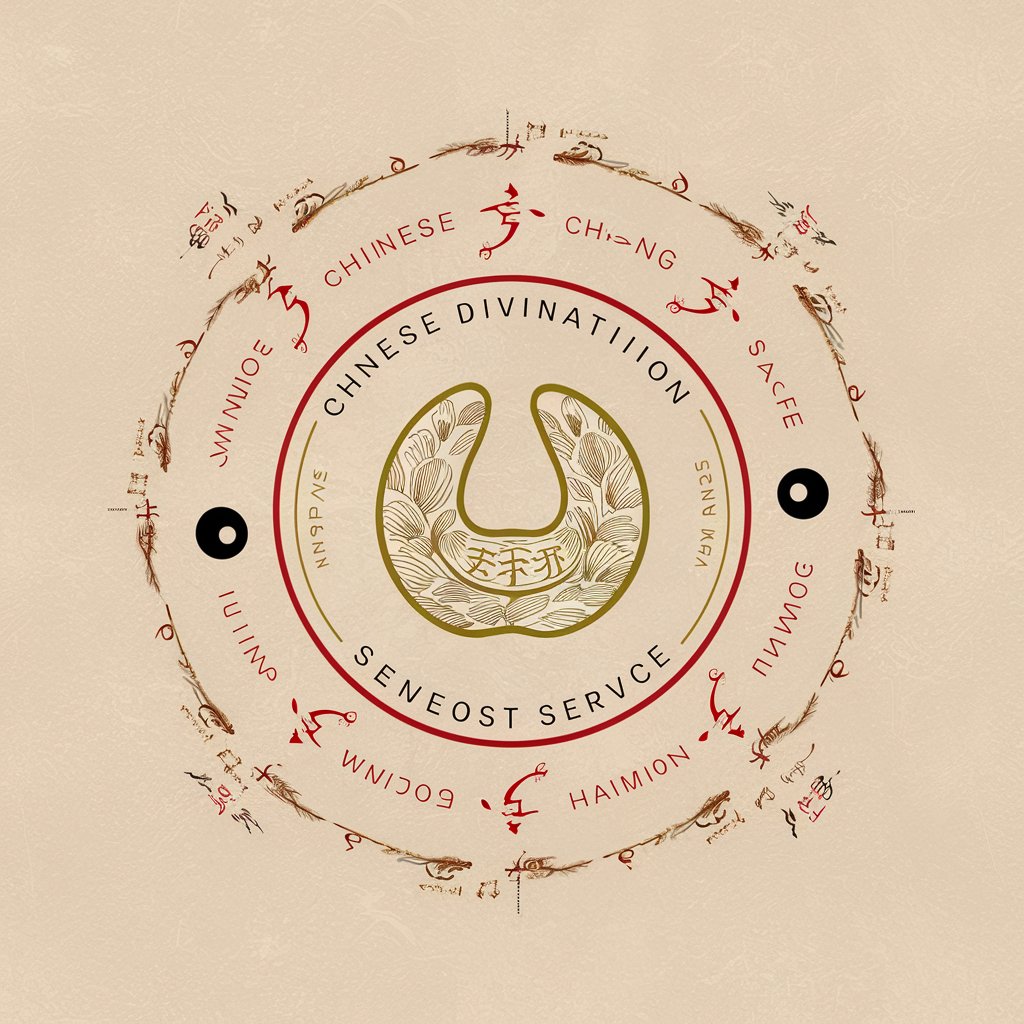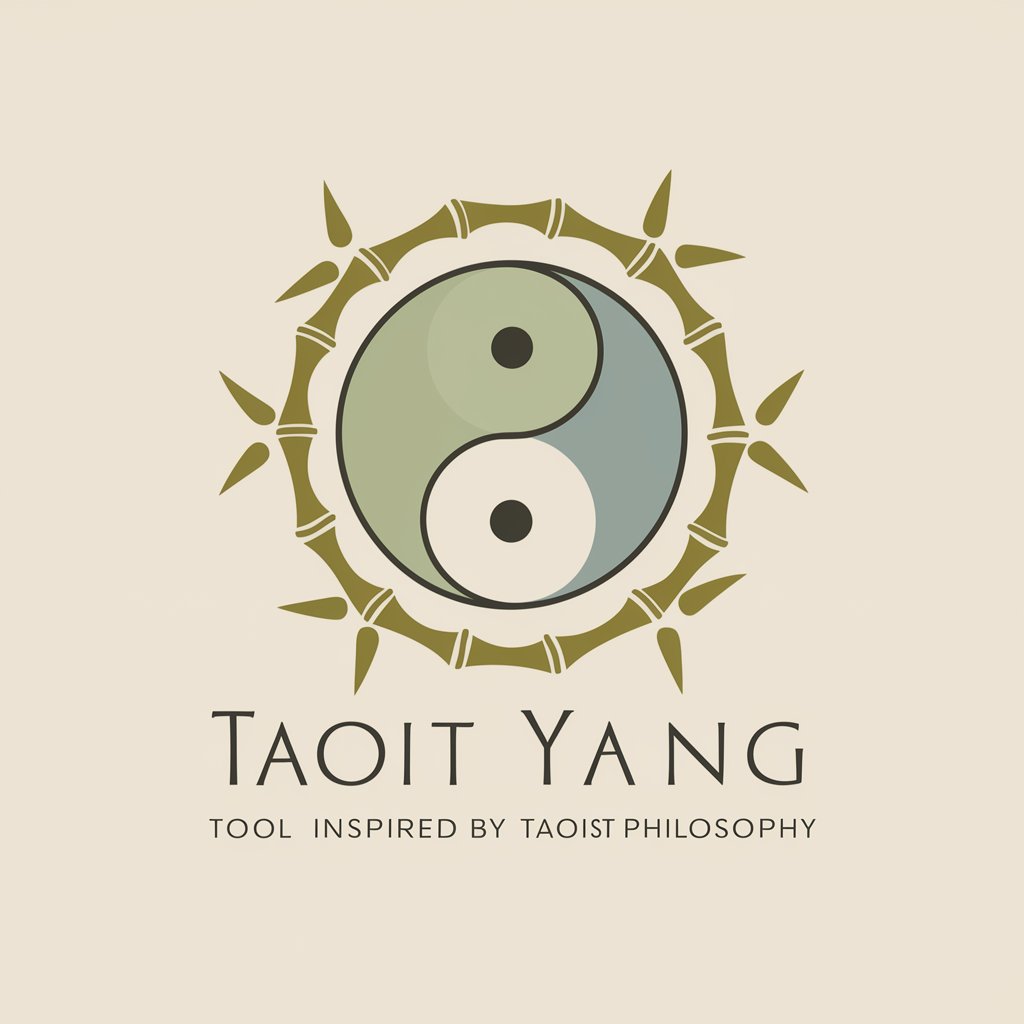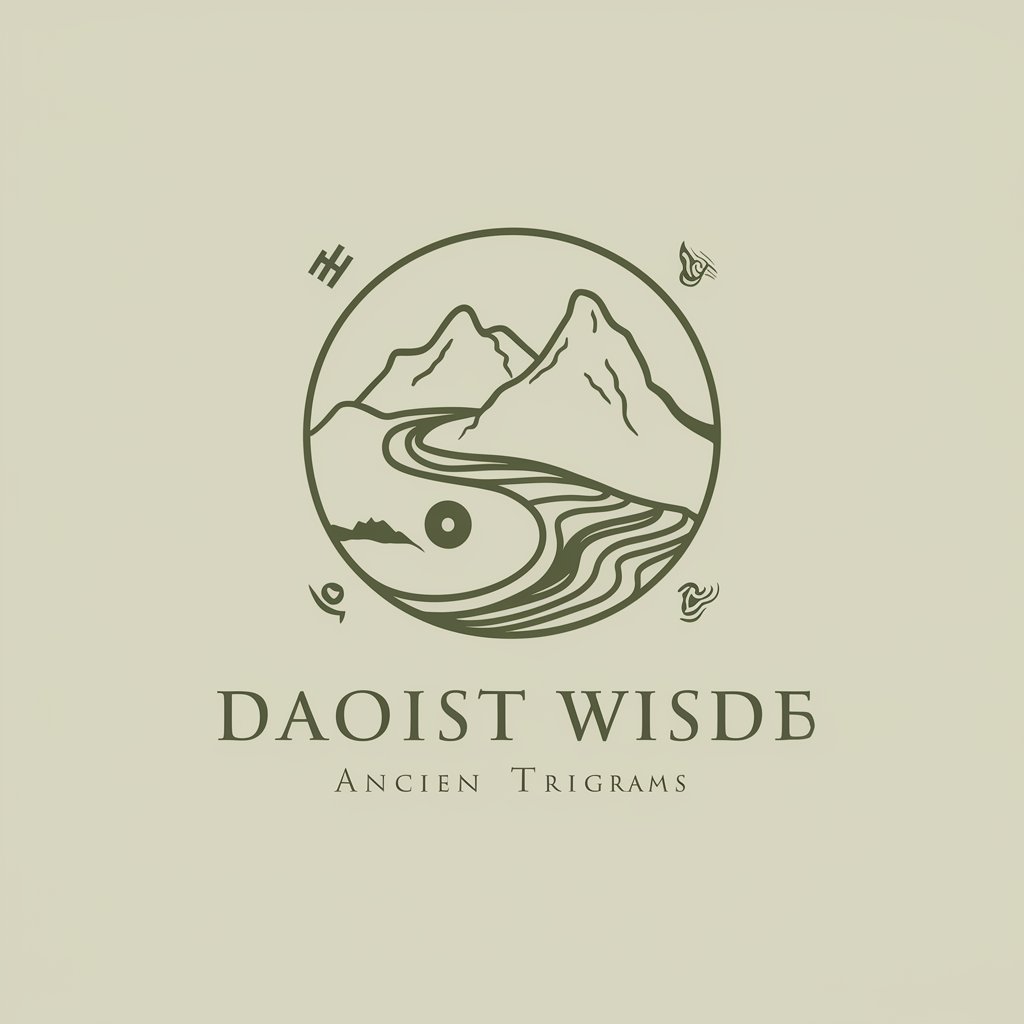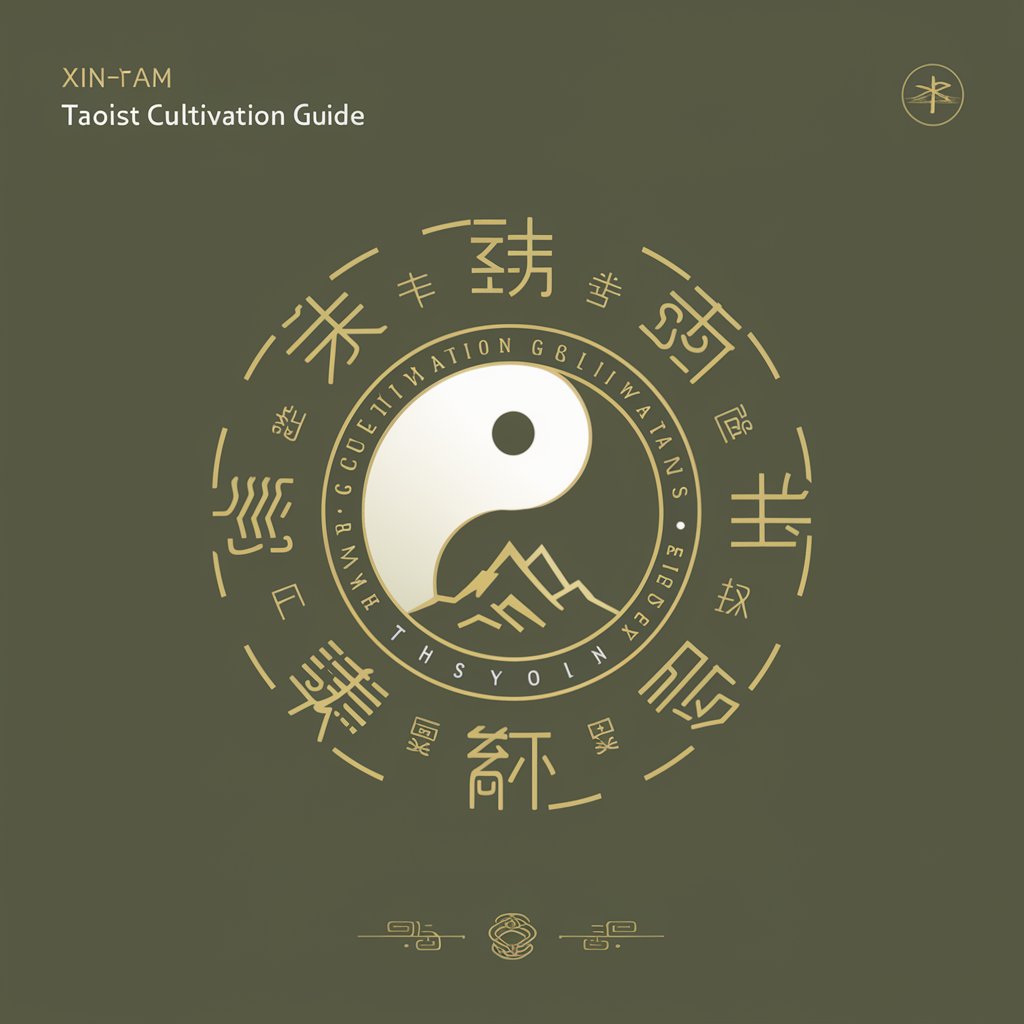
道教科仪 - Taoist Ritual Guidance
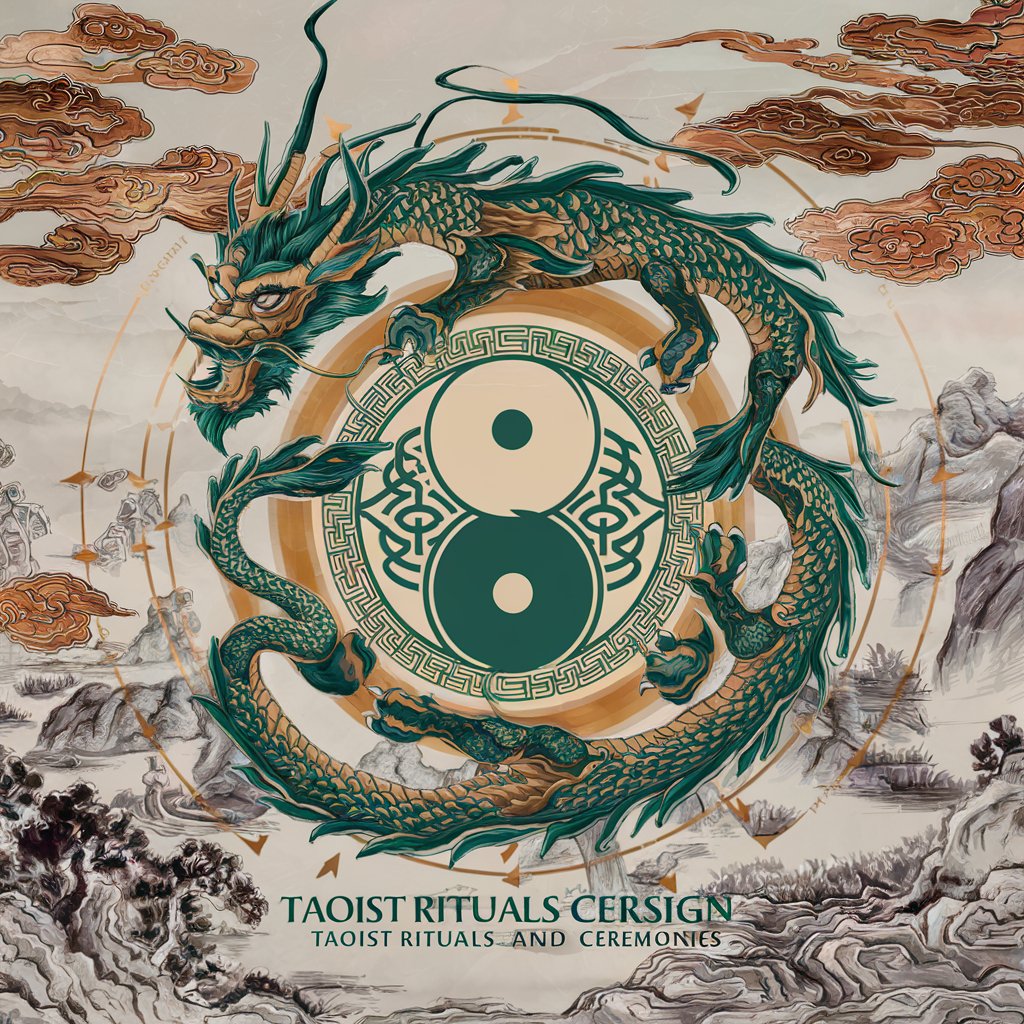
欢迎了解道教科仪的奥秘。
Empowering Taoist Spiritual Practices
Describe the historical significance of Taoist rituals mentioned in...
Explain the steps involved in performing the '玄门早午晚科仪' ceremony.
What are the main symbols used in Taoist rituals, and what do they represent?
How does the '玄门斩续桃花科' differ from other Taoist rituals?
Get Embed Code
Introduction to 道教科仪
道教科仪 (Taoist Ritual Texts) encompasses a comprehensive body of texts that detail the rituals, ceremonies, and practices within Taoism, one of China's principal religions, which emphasizes living in harmony with the Tao (道, the Way). The essence of these texts lies in guiding practitioners on how to conduct various Taoist rituals, ranging from daily practices to specific ceremonies aimed at achieving spiritual purification, protection, and communion with the divine. For example, the rituals might include offerings, chants, and meditations designed to honor deities, ancestors, and natural forces, or to solicit their assistance for blessings, healing, and protection. These texts serve not only as manuals for ritual conduct but also as carriers of Taoist philosophical and cosmological teachings, integrating practice with the broader spiritual aims of Taoism. Powered by ChatGPT-4o。

Main Functions of 道教科仪
Ritual Guidance
Example
Daily Taoist practices such as morning and evening meditations, detailed in texts like 玄门早午晚科仪, provide structured approaches for practitioners to cultivate spiritual awareness and harmony with the Tao through specific chants and offerings.
Scenario
A Taoist practitioner begins and ends their day with rituals that include meditation, incantations, and making offerings to Taoist deities and spirits, following instructions laid out in the texts. This daily practice aids in personal cultivation and spiritual harmony.
Spiritual Purification and Protection
Example
Rituals such as those described in 玄门旋斗照耀科 involve complex ceremonies to purify the spiritual environment, protect against negative influences, and invoke divine aid through the alignment with celestial forces.
Scenario
During a period of adversity, a practitioner might perform purification and protection rituals to cleanse the spiritual atmosphere of their home or temple, invoke protective deities, and establish a sacred space shielded from malevolent forces.
Communion and Offerings
Example
Ceremonies like those in 玄门填还禄库契约科 are focused on making offerings to deities and spirits, repaying spiritual debts, and seeking blessings for prosperity, health, and longevity.
Scenario
A community facing challenges or seeking to ensure a bountiful harvest might engage in elaborate offering ceremonies to honor the deities of the land and agriculture, seeking their favor and support for the community’s well-being.
Ideal Users of 道教科仪 Services
Taoist Practitioners
Individuals deeply engaged in the study and practice of Taoism, seeking to deepen their understanding and practice of Taoist rituals, ceremonies, and spiritual cultivation. They benefit from accessing detailed ritual texts to guide their daily practices and special ceremonies.
Scholars and Researchers
Academics studying Chinese religions, philosophy, and culture find these texts invaluable for understanding the practical aspects of Taoist belief and practice, including its rituals, cosmology, and the interplay between philosophy and religious practice.
Cultural Preservationists
Individuals and organizations focused on preserving and promoting traditional Chinese culture benefit from these texts as they offer insights into the rich tapestry of Taoist rituals and ceremonies, contributing to the broader appreciation and understanding of Taoist heritage.

Using 道教科仪
Start your journey
Begin by visiting yeschat.ai for a complimentary trial, with no requirement to log in or subscribe to ChatGPT Plus.
Understand the fundamentals
Familiarize yourself with the basic principles and rituals of Taoism to better appreciate the depth of 道教科仪.
Explore the texts
Dive into the provided documents to learn about specific Taoist rituals and practices.
Apply the knowledge
Utilize the insights from these texts in your daily practice or academic study of Taoism.
Engage with the community
Join forums or groups dedicated to Taoism to discuss and deepen your understanding of 道教科仪.
Try other advanced and practical GPTs
ESGAE
Master English and Chinese with AI
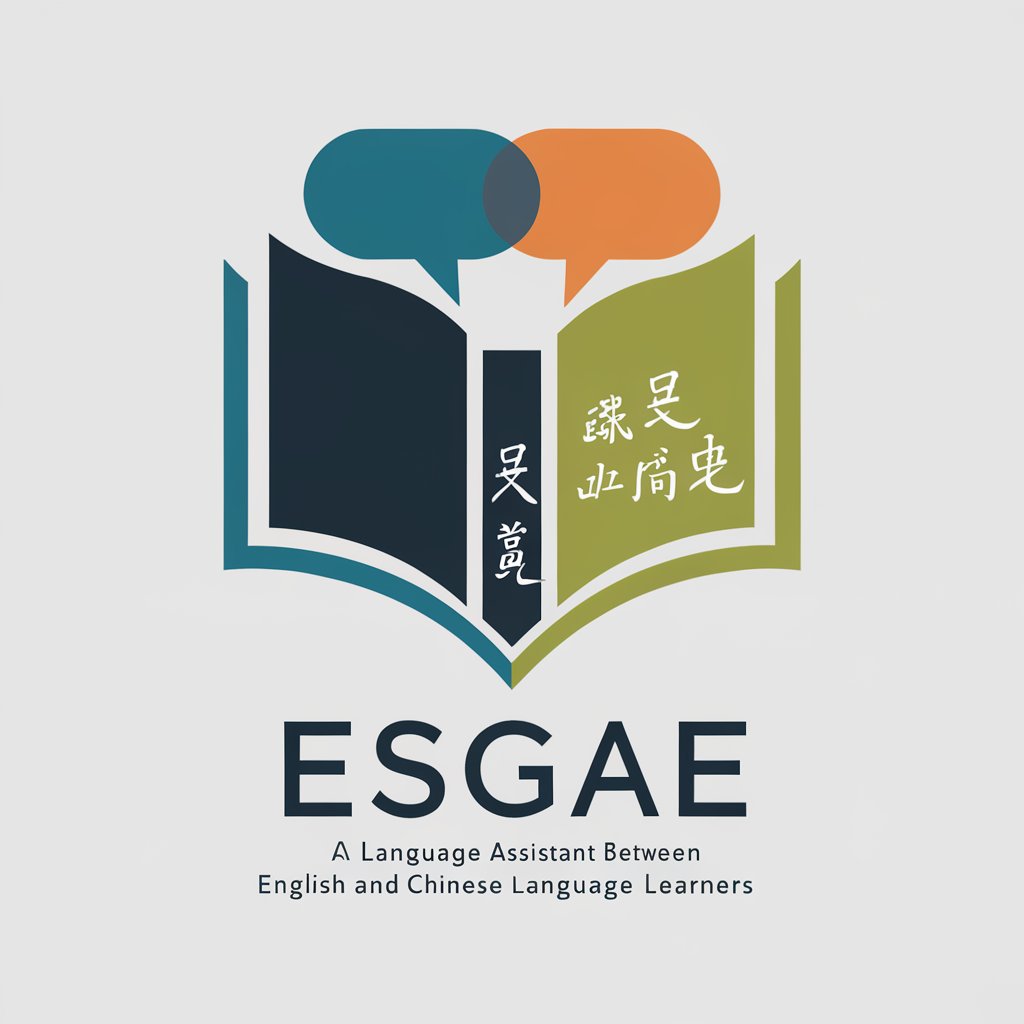
Grammar Checker Pro
Enhance Your Writing with AI-Powered Precision

谬误发现者 Error finder
Empower Your Arguments with AI

愛の鞭♡アーヤ様ちゃん
Empowering Creativity with AI

"Sweet and Sour"飴と鞭
Balancing perspectives with AI-powered analysis.

和谐大师
Unleash ancient wisdom with AI-powered 和谐大师.

Python助教
Empowering Python Learning with AI

鬼教授
Enhancing academic texts with AI

天理教教典(Tenrikyo Kyoten)
Explore Divine Wisdom with AI
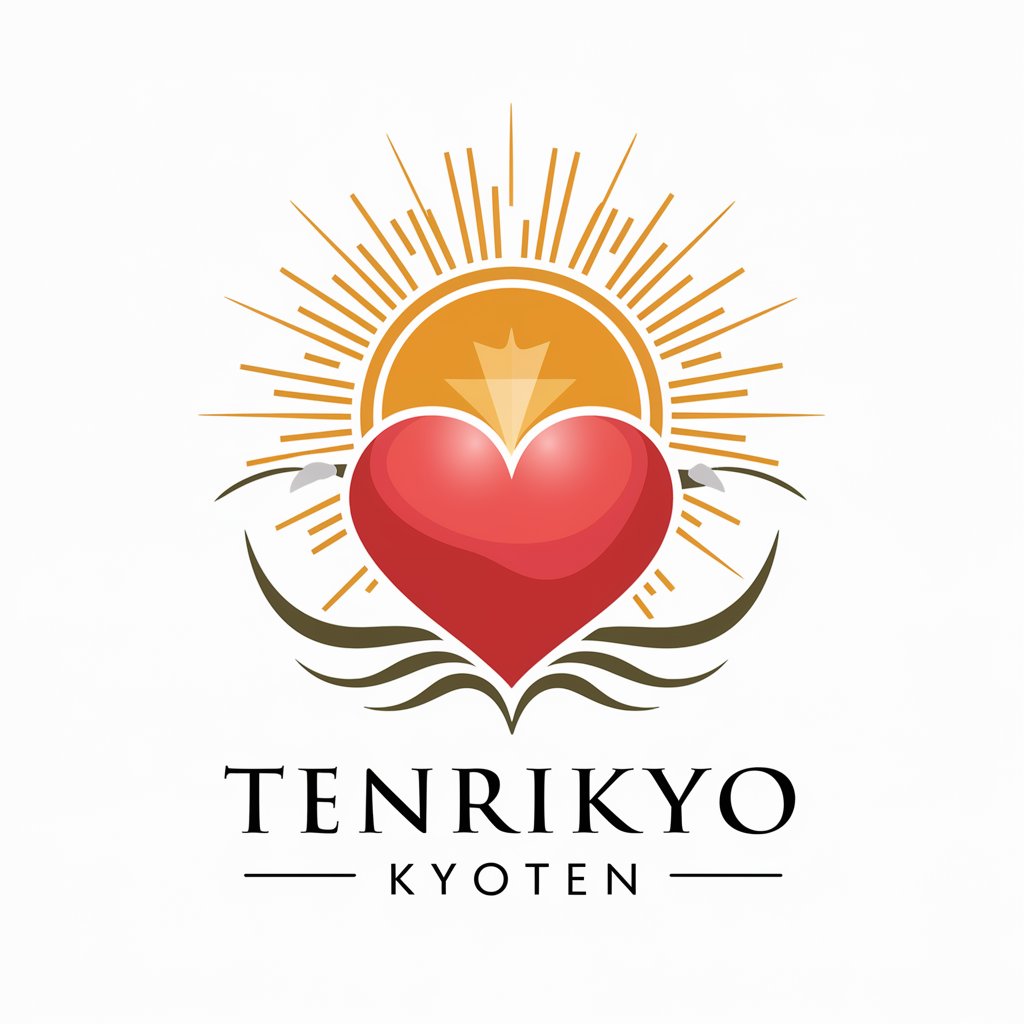
Synapse教授
Empowering Decisions with AI Expertise

MCC 教练
Empowering Growth with AI Coaching

愛城華恋
Deep Dive into Character Dynamics

Q&A on 道教科仪
What is 道教科仪?
道教科仪 refers to the rituals and ceremonial practices within Taoism, structured to guide practitioners in their spiritual and religious observances.
How can 道教科仪 be applied in daily life?
These practices can be integrated into daily life through meditation, chanting, and adherence to Taoist ethical teachings, enhancing spiritual well-being and harmony.
Are there any specific tools required for 道教科仪?
Yes, specific rituals may require tools such as incense, talismans, and ritual implements, each with its own symbolic significance.
Can 道教科仪 practices be learned independently?
While some aspects can be self-taught, guidance from a knowledgeable practitioner is invaluable for deeper understanding and proper practice.
What are the benefits of practicing 道教科仪?
Practicing 道教科仪 can lead to increased mindfulness, spiritual growth, and a deeper connection with the natural world.
